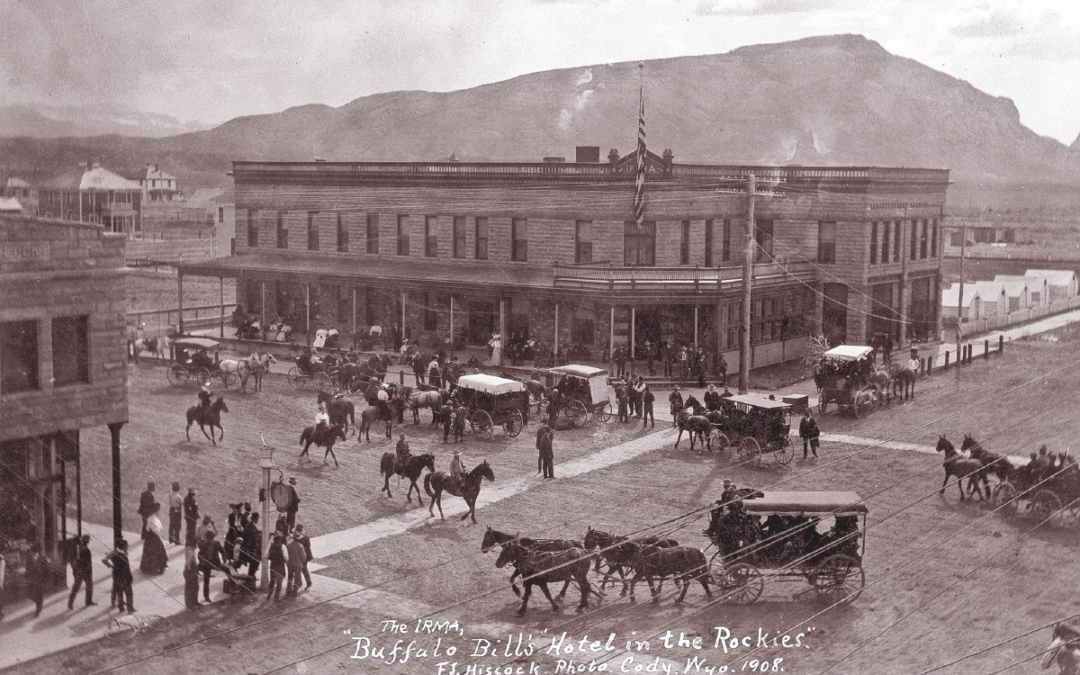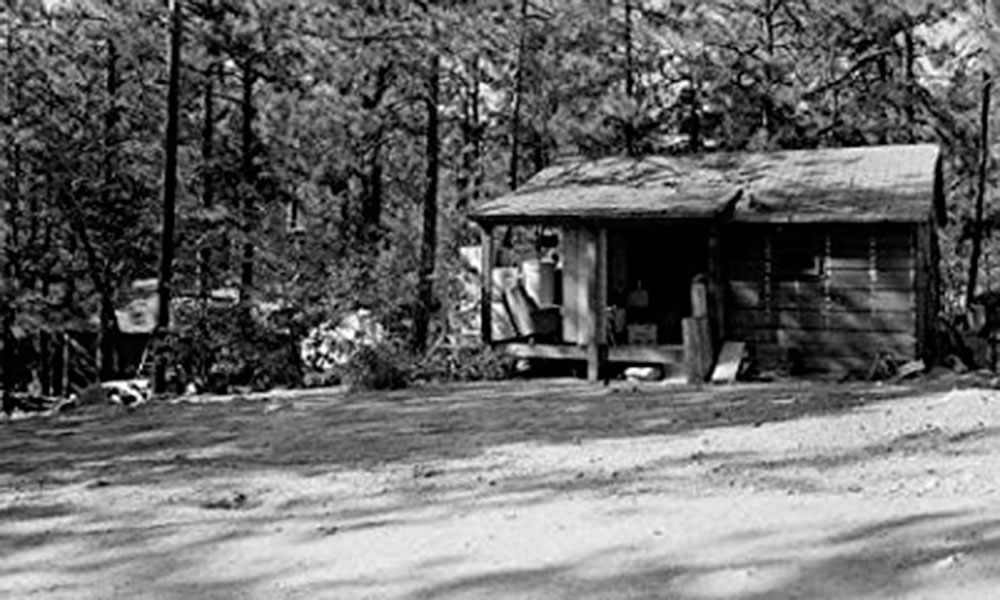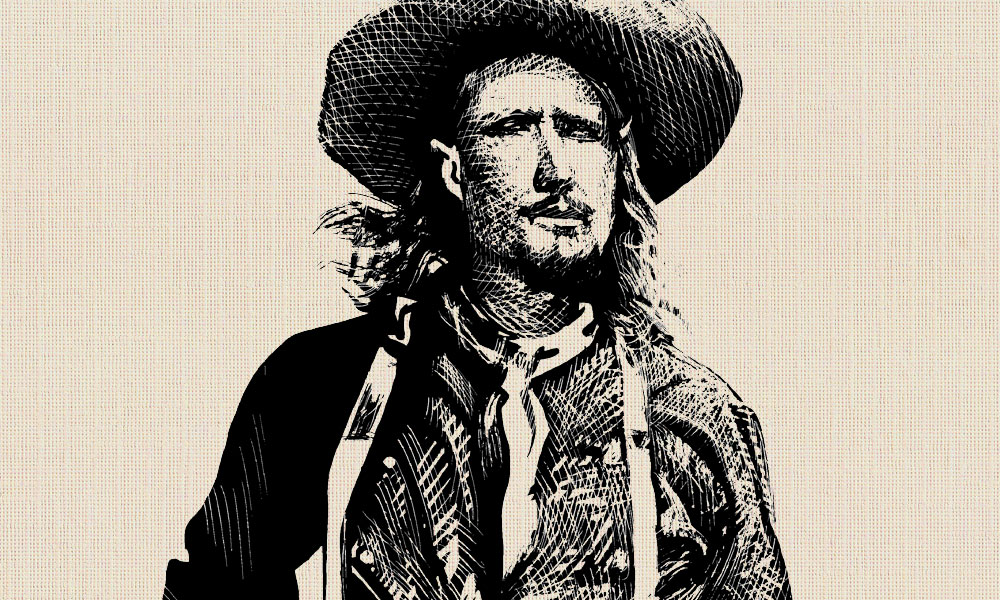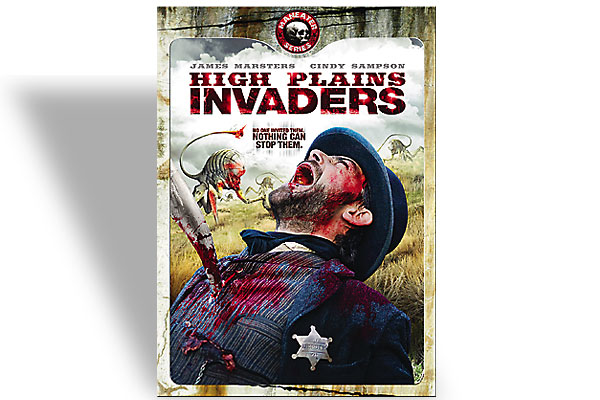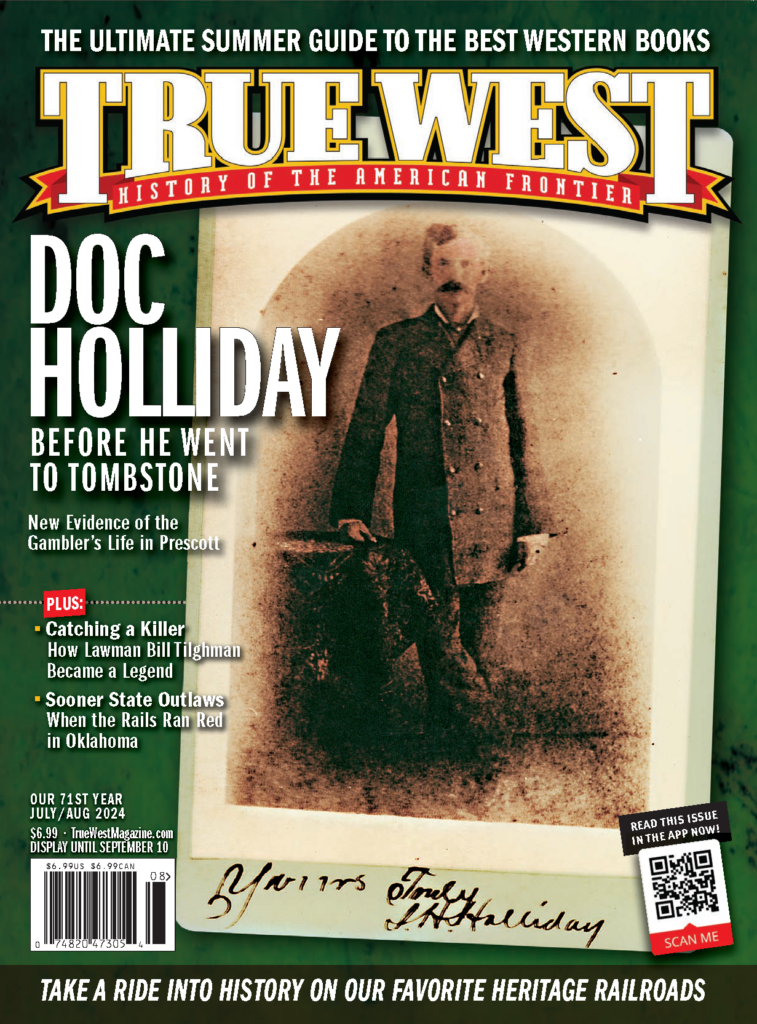Discover Wyoming on a road trip to Cody, Casper and Cheyenne.
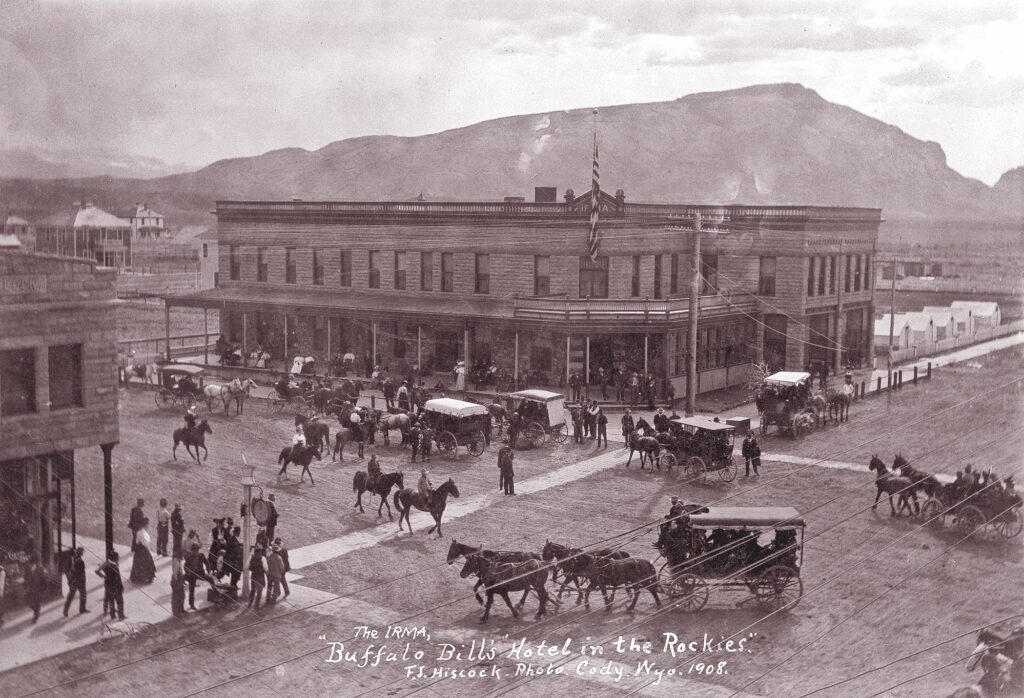
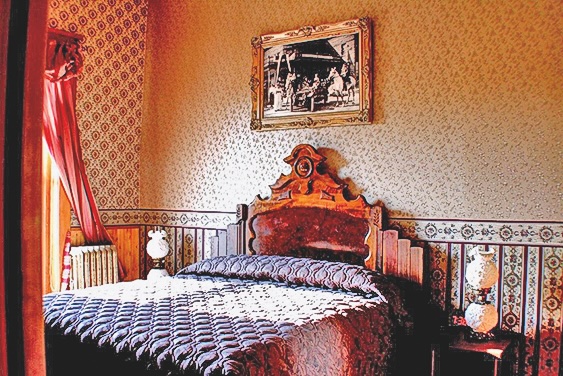
Scotsman Peter McCulloch ramrodded a crew that trailed 3,800 head of cattle into Wyoming’s Bighorn Basin in 1879. The herd was owned by Judge William A. Carter and Carter Cattle Company which operated in southwest Wyoming near Fort Bridger. His herd became the first cattle trailed across Wyoming to form the basis of the industry in the region southeast of Yellowstone National Park.
McCulloch established a headquarters for the new cattle operation on a stream he called Carter Creek, and he also named Carter Mountain. The mountain is a dividing line between the Wood River Drainage near Meeteetse and the South Fork of the Shoshone River west of Cody, a town named for the frontiersman turned entertainer William F. “Buffalo Bill” Cody.

Settlement in the Bighorn Basin increased as more livestock owners moved to the area, and farmers came as well. The town of Cody, named for Buffalo Bill, developed when federal reclamation projects provided much-needed water for irrigation. But Buffalo Bill’s fame attracted hunters and dignitaries from across the world. Caroline Lockhart, a writer who owned and edited the Cody Enterprise newspaper, was a founder of the Cody Stampede, a rodeo that is still going strong every Fourth of July. In 2024, the Stampede will be held July 1-4. If you love rodeo and can’t be in Cody over Independence Day, then don’t miss a chance to attend the Cody Nite Rodeo, which is held every night from June 1 to August 31.
The Cody Heritage Museum located a short walk from the Irma Hotel—which was built by Buffalo Bill and named for his daughter—highlights Lockhart’s story and stories of other townspeople. Another few blocks away is the world-class Buffalo Bill Center of the West with its museums devoted to the area’s art, wildlife, Indian tribes, firearms and of course the great showman himself.
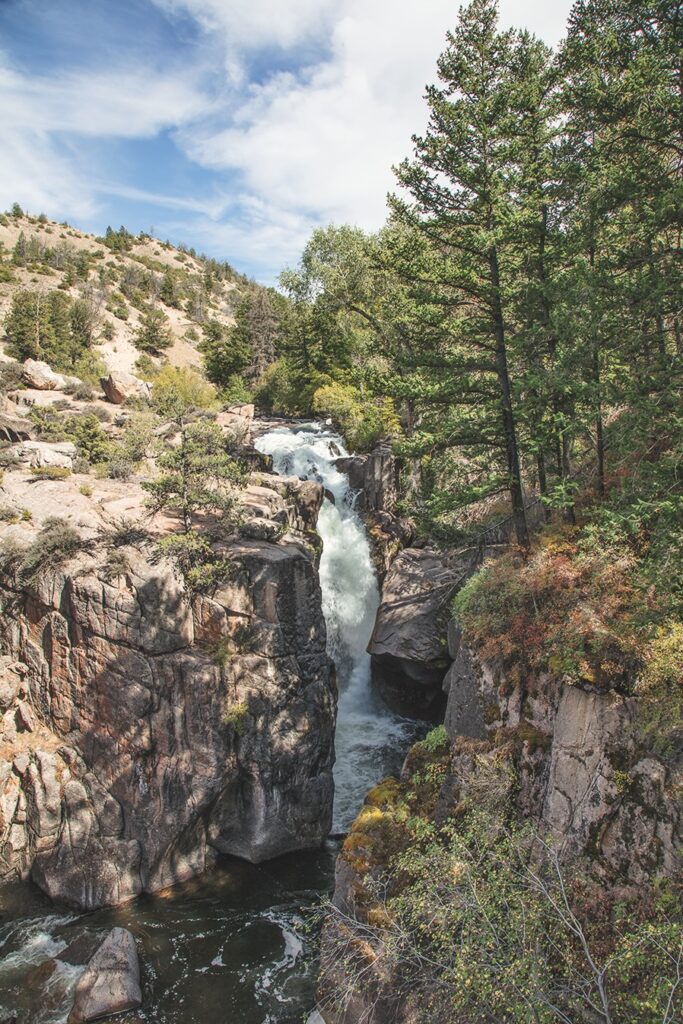
Bighorn Mountains. Courtesy Library of Congress
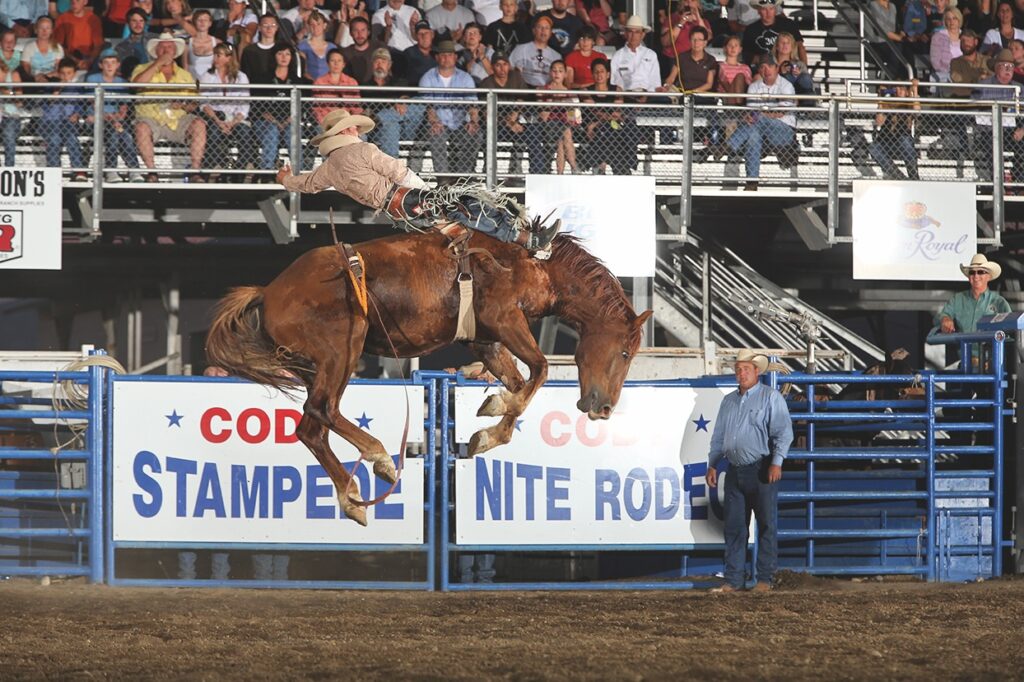
Casper
A journey from the Bighorn Basin to the eastern plains of Wyoming can be as diverse as you want. Head south to Thermopolis and drive the inspiring Wind River Canyon then see the wide-open spaces between Shoshoni and Casper.
You could also drive one of two routes over the Bighorn Mountains. The northern route, through Lovell to Shell and then on to Ranchester and Sheridan is a spectacular drive, and you can take time to visit the Medicine Wheel, a site that is particularly important for American Indian tribes. A more southern route is through Worland and Tensleep to Buffalo. It has equally awesome views.
Any of these highways lead to Casper, located at the last crossing of the North Platte used by overland emigrants during the period 1843-68. Those traveling the Oregon, California and Mormon Pioneer Trails followed the Platte and North Platte rivers across Nebraska and Wyoming. But just west of today’s Casper that great river turns to the south, and the emigrants continued west toward the Sweetwater River and South Pass, the gateway to their new homes.
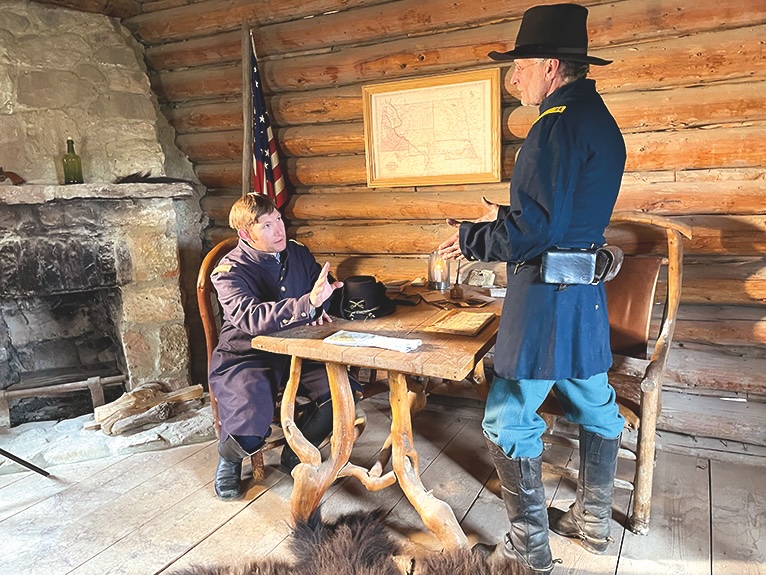
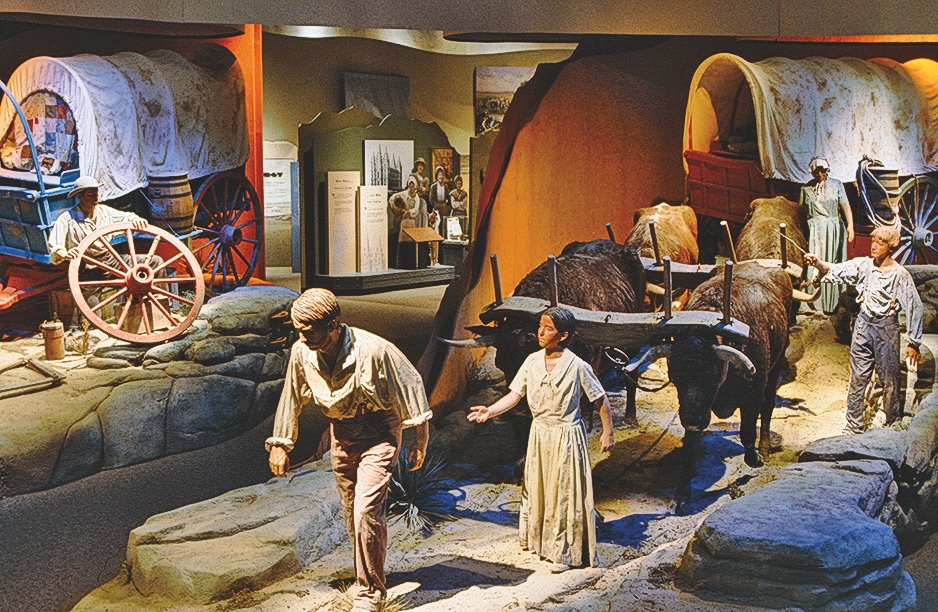
Mormon pioneers built a ferry at the river crossing in 1847. To serve California Trail traffic in 1852, an experienced mountain trader named John Baptiste Richard (Reshaw) constructed a bridge that eased travel issues for people needing to get across the water course. Later Louis Guinard built another bridge a few miles upstream.
By 1862 a military post had been established at the upper Platte Bridge crossing and became known as the Platte Bridge Station. The Battles of Platte Bridge and Red Buttes, with Lakota and Cheyenne fighters on July 26, 1865, resulted in the death of more than 20 soldiers from the 11th Ohio and 11th Kansas volunteer cavalry units. Subsequently, the post was renamed for Lt. Caspar Collins, who died in the first battle of the day. The city also took his name, with a difference in spelling.
Fort Caspar has been recreated and is operated as a historic attraction by the City of Casper. Annual reenactments at the fort involve events in late July to commemorate the two battles in 1865. The fort also “comes alive” in early December with a living history celebration of Christmas at the fort.
While in Casper learn more about the trails at the National Historic Trail Interpretive Center but take a step far back in time and visit the Tate Museum with its paleontological collections.
Traveling from Casper to Cheyenne, Wyoming’s high plains spread out to the east and south from a mountain landscape that includes Casper Mountain and Laramie Peak. South of Casper, take a detour to Ayers Natural Bridge, a site along the overland trails which has a picnic area. Another side trip to Guernsey gives you a chance to walk in the pathway of deep ruts carved by overland and military traffic on the historic trails or view the pioneer inscriptions at Register Cliff.
Cheyenne
Like the Buffalo Bill Center of the West in Cody, Cheyenne also has an iconic attraction: Cheyenne Frontier Days, a 10-day show always held the last full week and a couple of weekends in July. Started in 1897 as a place for cowboys to test their ability in riding bucking broncs, The Daddy (as the event is known) has certainly evolved.
Today’s celebration includes four parades featuring a collection of horse-drawn vehicles, three free pancake breakfasts, daily rodeos with the top competitors in the hemisphere, chuckwagon cookoffs, Indian dancing and specialty events. Learn more about the history of the event at the CFD Old West Museum.
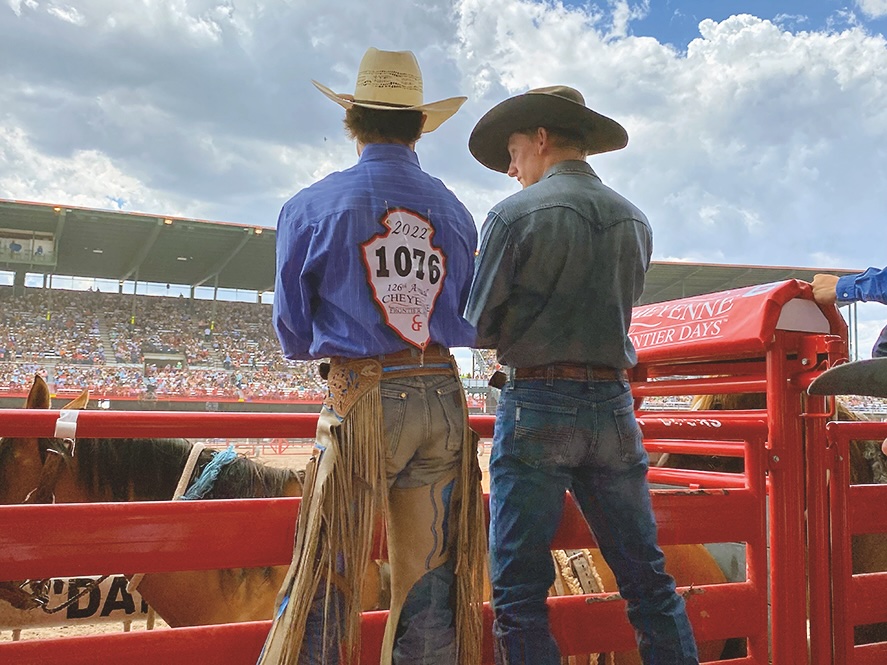
Tap into other history in Cheyenne at Messenger’s Old West Museum or Nelson’s Museum of the West or enjoy time in Depot Square in Cheyenne’s downtown historic district in front of the Union Pacific Depot. Look for the oversized cowboy boots and the “running” horse atop the Wrangler store.
Take a drive west of the city on Wyoming Highway 210, locally known as the Happy Jack Road, to Curt Gowdy State Park, which has fishing, boating, camping, picnicking and hiking opportunities, or continue to the Medicine Bow National Forest and the Vedauwoo area with its massive rock formations.
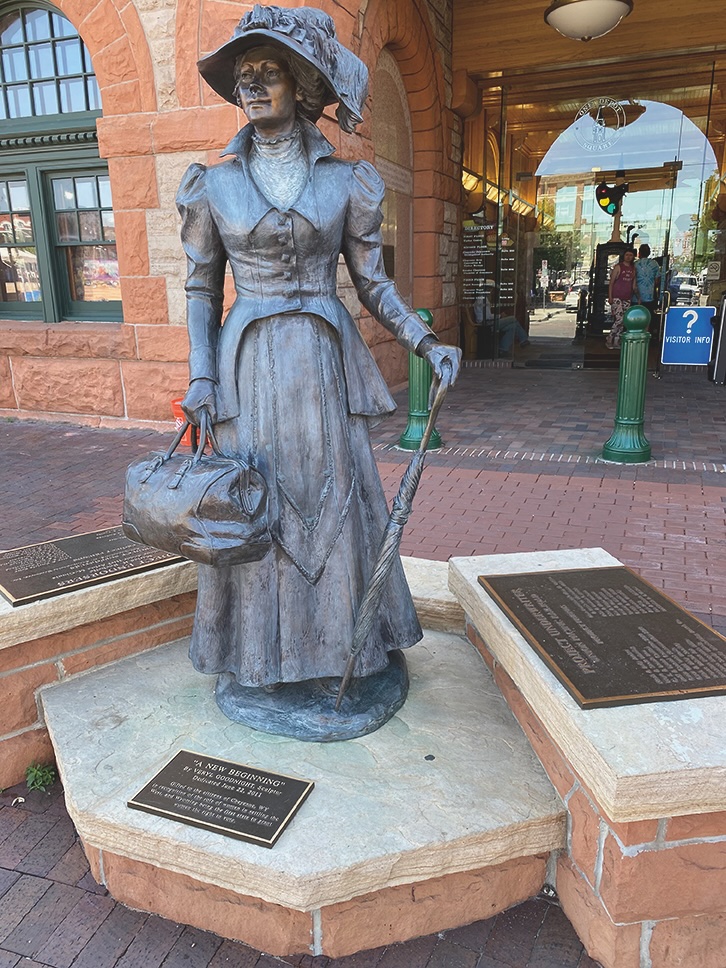
A Wide Spot in the Road
Step into a Missile Launch Facility
Learn about some of Wyoming’s contemporary history at Quebec One Missile Alert Facility (MAF), located 30 miles north of Cheyenne. Now a Wyoming State Historic site, the structure was a United States Air Force ICBM launch control facility. Built in 1962 as part of the Minuteman I Missile program, it was operated by the 400th Missile Squadron. It later became a Peacekeeper Missile site, until it was decommissioned in 2005. It was later gifted to the state of Wyoming for the interpretation facility. New exhibits opened this spring. Tours of the underground control capsule are offered seasonally.
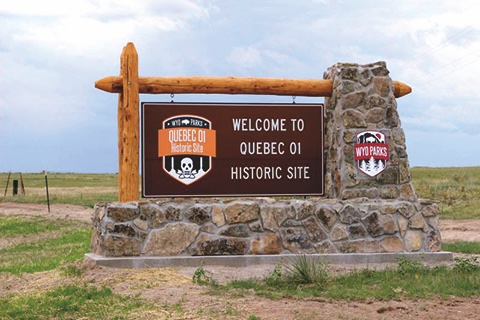
Courtesy Wyoming State Historic Park, Sites and Trails
Good Eats & Sleeps
Good Grub:
Cassie’s Supper Club, Cody
The Irma Hotel, Cody
Eggington’s, Casper
FireRock Steakhouse, Casper
The Omelet House, Cheyenne
The Albany, Cheyenne
Good Lodging:
The Chamberlain Inn, Cody
Best Western Premier Ivy Inn & Suites, Cody
Buffalo Bill State Park Campground, Cody
Hampton Inn & Suites, Cody
Ramkota, Casper
Nagle Inn Bed & Breakfast, Cheyenne
Little America Hotel & Resort, Cheyenne
Curt Gowdy State Park Campground, Cheyenne

